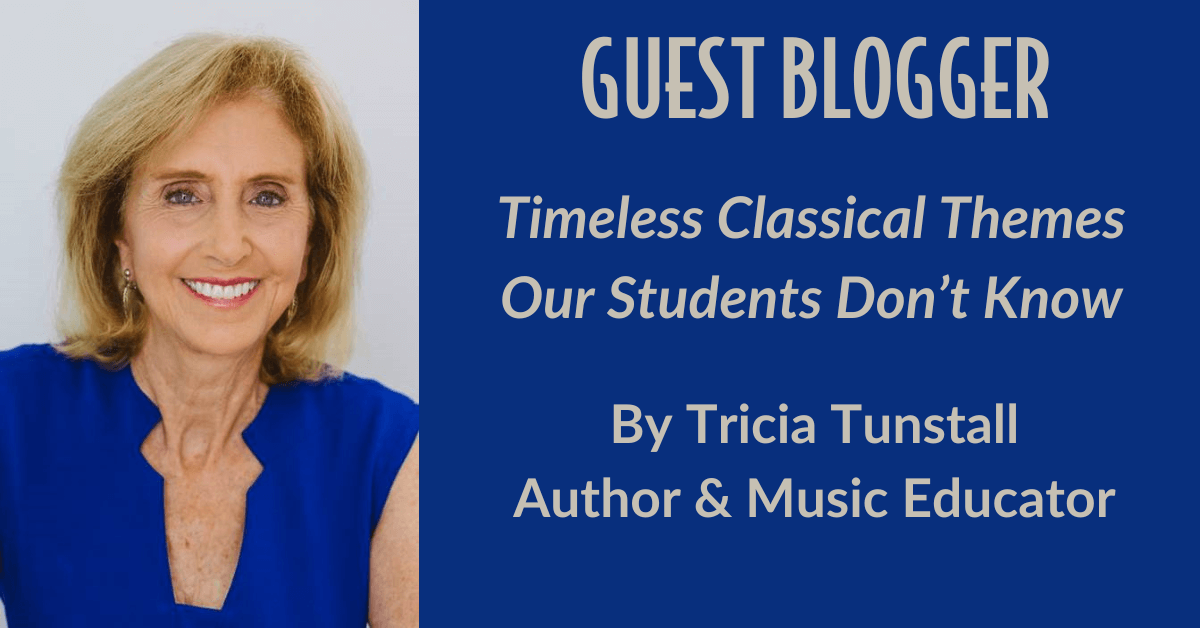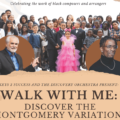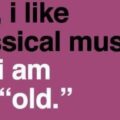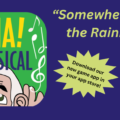Mar 20, 2024
Timeless Classical Themes Our Students Don’t Know

If you’re a piano teacher, you’ll be familiar with an experience I’ve had countless times in my thirty-plus years of teaching. If you’re not a piano teacher, please read on; I believe you’ll be an interested fellow traveler.
Here’s how it goes. You start working with a new student, who’s wide open and eager to learn; you order some glossy-covered, brightly illustrated lesson books for beginning and early intermediate pianists. As you journey with your student through these books, you often come upon simplified versions of themes by famous composers: Theme from Haydn’s “Surprise” Symphony, Theme from Beethoven’s “Ode to Joy,” Theme from Dvorak’s “New World” Symphony, etc.
And, because you’ve done this so many times before, your heart sinks with the near-certainty that nearly every theme your student will encounter in these books—most often, every single theme—will have been written by a white male composer.
Since at least fifty percent of our students are girls, this is distressing. Since we live in an era when our students are ever more likely to be of diverse racial and cultural backgrounds, it’s unconscionable.
We musicians and music teachers—like most artists and educators—are strong believers in the importance of diversity, equity, access, and inclusion. Every piano teacher I know is working to create a more diverse, more inclusive practice. Why, then, are we not demanding that the publishers of piano learning books do better in this regard?
For the last several years, I’ve been participating in an initiative that takes a modest step in the right direction. My partner in this initiative has been the nonprofit after-school program Keys2Success, which provides free daily instruction in solo and ensemble piano to students in Newark, NJ. In 2020, we commissioned the rising young Black composer/arranger/pianist Elijah Souels, who teaches at Keys2Success, to create eight simple piano arrangements of themes from the symphonic works of great female and male composers of color.
Souels chose a set of beautiful themes from the works of Margaret Bonds, Samuel Coleridge Taylor, Joseph Bologne (Chevalier de Saint-Georges), Florence Price, William Dawson, and William Grant Still. He created a set of simple, distinctive arrangements of these themes for solo piano, which my local colleagues and I have greatly enjoyed working on with our students.
Souels also created an ensemble arrangement of Margaret Bonds’ epochal symphonic work “Montgomery Variations” (1964), for student pianists of varying skill levels. Thanks to another inspired partnership, with The Discovery Orchestra, this work was performed by Keys2Success students for a large and enthusiastic audience in Newark in May 2023, with Maestro Maull providing a thrilling listening lesson. We are currently in the midst of planning a similar celebratory concert featuring variations on the themes of William Grant Still’s “Longing,” the first movement of his Afro-American Symphony (1930).
It’s been a fantastic project, and we plan to continue it in various ways. One front-burner goal is the publication of Souels’ arrangements—which has proved to be a more complicated and frustrating process than we’ve thought. To publish an arranged version of a work, you need to obtain permission from whatever entity owns the rights to that work. The rights to many works by Black symphonic composers are owned by music publishers, who have purchased those rights from the composers’ heirs. And the music education publishing industry seems dismayingly reluctant to create new rights policies that would support diversification of the music student repertoire. One Schirmer representative wrote to me, “It is not our policy to allow for derivative works based on themes of works that we own, and we routinely deny such requests.”
If you are a piano teacher—or a music teacher of any kind!—my guess is that, while you love the classics we’ve long known and taught, you also aspire to immerse your students in a wider musical universe that includes the gorgeous harmonies, soaring melodies, and adventurous rhythms of iconic works by composers of color and women composers, both past and present. And you’re keen for your students to see themselves, and their own future possibilities, in the pages of their lesson books.
Let’s be proactive in this aspirational effort. Let’s commission young arrangers and teach their arrangements. And let’s urge the music publishers and rights owners to meet us halfway. Our students—and we ourselves—will be vastly the richer for it.
About Our Guest Blogger
Tricia Tunstall is the author of Note By Note: A Celebration of the Piano Lesson, a memoir and meditation on the particular joys of teaching and learning piano. She has taught general music in public schools and music history and appreciation at Drew University and Bergen College. She maintains a private piano studio in New Jersey. Also the author of Playing for Their Lives and Changing Lives, she has spent fifteen years studying and writing about the growing global field of music education for social impact. The co-founder and editor of The Ensemble, an international newsletter for this field, she also advises and connects programs throughout the world that advance progressive social goals through ensemble music education programs. She helped to launch and grow the El Sistema New Jersey Alliance, a consortium of such programs in her home state. She made The Discovery Orchestra the subject of her doctoral thesis in Music Education at Boston University.









